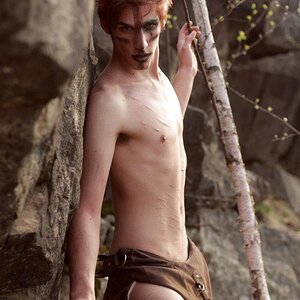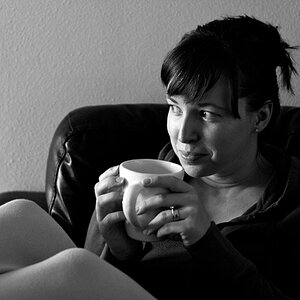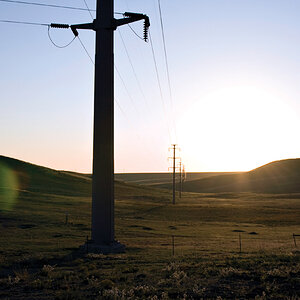DIRT
TPF Noob!
- Joined
- Sep 27, 2004
- Messages
- 380
- Reaction score
- 5
- Location
- Long Beach CA.
- Website
- www.jfreeman.smugmug.com
Im curious as to what is the deal with rangefinders, why the hubbub? i have aquired an old ricoh "mate" 35mm rangefinder and need to know what the advantages could be as compared to an SLR?
also, does anybody know of a good site to find info on the Ricoh "mate' rangefinder camera?
also, does anybody know of a good site to find info on the Ricoh "mate' rangefinder camera?



 -you know which ones!
-you know which ones!![[No title]](/data/xfmg/thumbnail/35/35879-b9a5a75c88f724f404f976b0c0e67dbd.jpg?1619737207)


![[No title]](/data/xfmg/thumbnail/38/38734-a0c4ec46a440db881aca3700b0c62879.jpg?1619738703)

![[No title]](/data/xfmg/thumbnail/38/38735-2245cc1b04db3f96fa74095ae14558a6.jpg?1619738703)




![[No title]](/data/xfmg/thumbnail/40/40412-73276feced223de99c761fc2cc279db5.jpg?1619739461)
